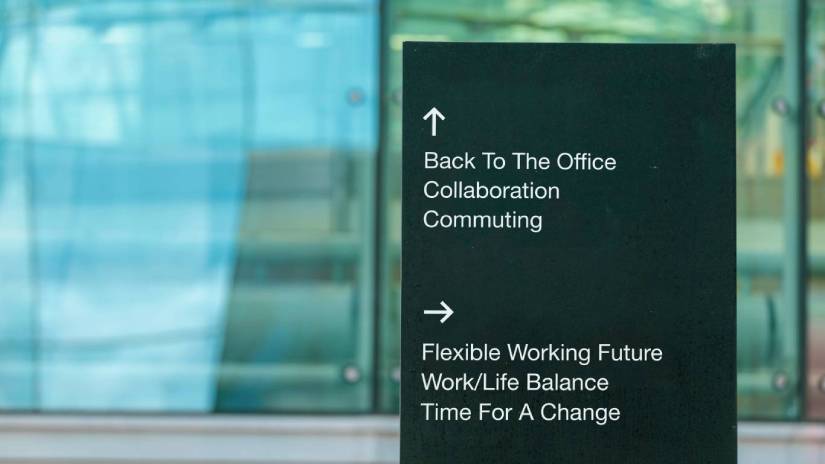The growing hybrid workforce
August 18, 2021
The last month’s business pages have been dominated by reports of the long-term, post-pandemic shift towards hybrid working. In the UK, Deloitte, supermarket chain Asda, and the Bank of England have all announced plans to allow their office-based employees to take up remote working, either on a hybrid or permanent basis, with Deloitte saying its 20,000 UK staff can ‘work from anywhere’.
The USA has also seen a similar trend, although some large businesses seem to be a little less willing to be as flexible. Despite major firms such as Spotify committing to a permanent hybrid form of working, Chief Executive of Morgan Stanley, James Gorman, stated last month that “if you can go to a restaurant in New York, you can come into the office”, though he has softened his tone in recognition of differing global circumstances.
Driving the Hybrid Workplace to Perform
The new working environment facing employees and their managers raises questions about how teams are managed on a permanent hybrid basis, particularly how managers can keep track of their team’s performance and how they provide feedback to their team. In a piece in SHRM, Brian Kropp, Head of HR at research firm Gartner, argued that pre-pandemic feedback mechanisms cannot simply be transferred over to a hybrid way of working, adding that: “we’re going to have to create a whole new series of approaches and processes to make it work”.
In a piece for ICAEW, Matt Casey, author of The Management Delusion: What If We’re Doing It All Wrong?, explores from a feedback perspective the key challenges we now face compared to pre-pandemic working. Previously, any feedback by email or text would be avoided, and any micro-adjustments that needed to be made could be done by having a quick chat with workers. With hybrid working and the loss of regular informal conversations, little messages over WhatsApp or similar messaging platform become more appealing. Writing in the Wall Street Journal, Tom Gimbel, the founder and CEO of a US recruitment firm explores the issue further by arguing that it’s crucial effective feedback mechanisms are in place for those working away from the office. He argues the lack of in-person contact means it’s more difficult for managers to address performance gaps on the spot.
The lack of regular face-to-face contact, or the variation within teams of workers who are mainly at home or in the office, poses questions for performance management. Contributing to a piece in the Irish Times, Tomas Chamorro-Premuzic, Professor of Business Psychology at Columbia University, and Rosie Campbell, Professor of Politics at King’s College London, outline the danger of office cliques developing. If hybrid working is mismanaged, organizational power could revert to where it traditionally resides: the workplace. This could lead to ‘in-office cliques’, and a stigma being attached to those who prefer flexible working. To avoid this they urge leaders need to introduce performance measures that are independent of where people work and discount any measuring or monitoring bias.
Technology Incoming…
Such measures, with a hybrid workforce, will inevitably involve the use of technology. Companies who choose to invest heavily in technology to measure team performance need to find a balance. Kirstie Gillon, Technical Manager at ICAEW, cites Microsoft which faced criticism for using tracking software of individual employee tool usage to feed into productivity scores. Monitoring employees too closely, she points out, raises major issues for privacy, especially when personal devices may be being used.
Technology will undoubtedly form a key part of the solution to ensure the shift to hybrid working succeeds. Gillon goes on to outline its ability to identify bottlenecks in processes, and how it can enable better distribution of work between team members. The use of collaboration software can also help lead to greater asynchronous working, which, according to Brian Abrahamson from the US Department of Energy, can help companies “make big productivity gains and great hybrid experiences”, through the use of platforms such as Google Docs, Slack, Zoom, and Teams.

